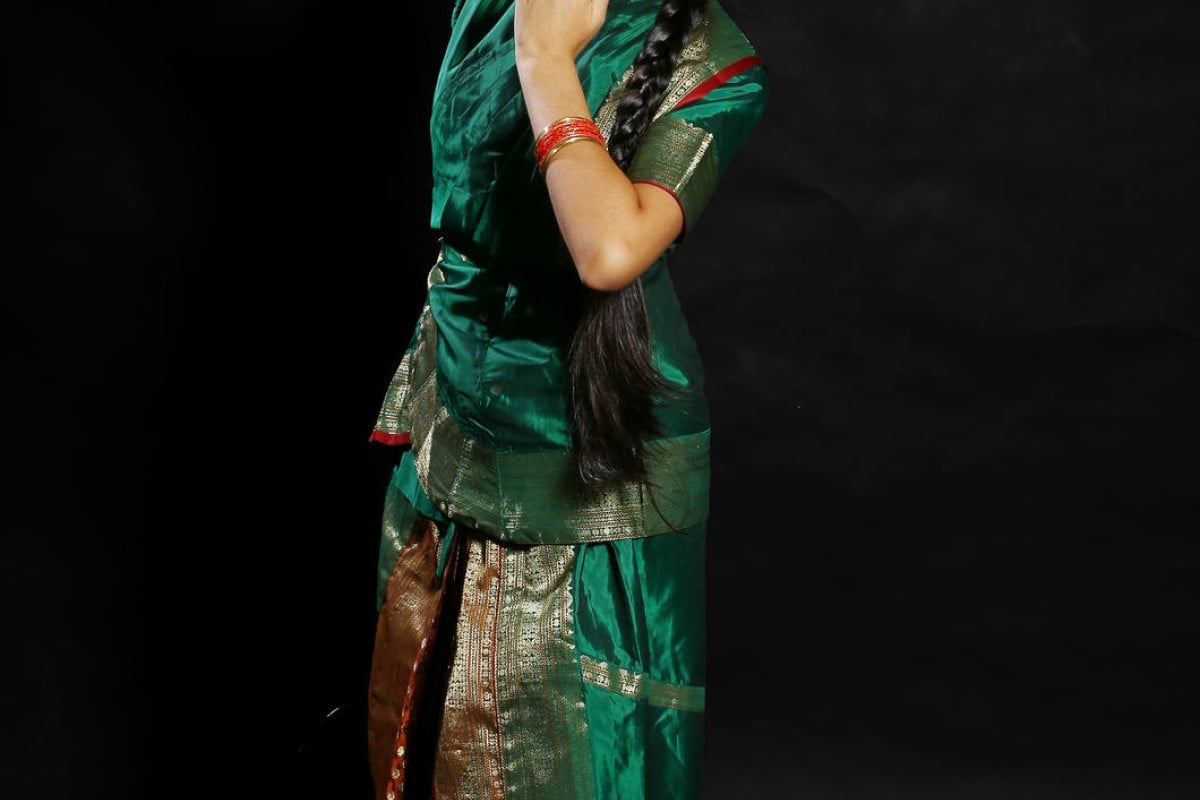
One girl who has mastered the traditional Indian dance of Bharatanatyam tells YP cadet Joy Pamnani why ancient dances which date back centuries are worth preserving
 Divya Raisinghani, 14, has been dancing since she was six
Divya Raisinghani, 14, has been dancing since she was sixIf you love to dance, India is the place to be. The country is home to some of the world's oldest dance forms, including folk dances like Bhangra, and classic styles like Odissi and Kathak.
Each dance has unique steps (even if many Bollywood choreographers like to combine different styles), and far from being random, these steps have very significant meanings.
Bharatanatyam is a traditional Indian dance from the temples of Tamil Nadu in southern India. One of the most respected dance forms, a Bharatanatyam dance tells a story.
In Indian mythology, there are three main gods: Brahma (the creator), Vishnu (the protector) and Shiva (the destroyer). It is said that Shiva, who is also known as the lord of dance, created Bharatanatyam.
Divya Premchand Raisinghani, 14, has been dancing since she was six. She first experienced Bharatanatyam at school.
"At our school we had something similar to Other Learning Experience lessons, where we would try different activities every term," she says.
"One term we tried Bharatanatyam. I thoroughly enjoyed the classes at school and was attracted to the beauty of the dance, so I decided to learn more through TV shows and YouTube videos."
Before the dance can begin, dancers need to be wearing the right clothes. The style has been passed down for generations, and normally includes traditional Indian clothes like saris or lenghas, which have pleats which flow with the dancer's moves.
Divya says dancers also wear a pair of leg bells known as ghungroos, which create rhythmic sounds to go along with the dance. Make-up and accessories are also used to capture the audience's attention.
"When I'm getting ready for a performance, I bring flowers and ornaments to decorate my hair, and a set of golden temple jewellery to complement my dress. I also heavily wing my eyes with eyeliner and apply a red dye called alta to my hands, because it is considered to be [good luck] in Indian culture."
The dance usually begins with an opening routine called the namaskaram.
"Dancers have to bang the floor to tell Mother Earth they will be dancing on her, and also offer prayers to her, the audience and guru," she says.
As the dancer begins to move, she uses gestures to tell the dance's story. Mudras, or hand gestures, can represent anything from everyday objects and animals to emotions. Drishti bhedas, the eye movements, help to convey meaning. And, equally important, natya vardhini, or facial expressions, help to capture the audience's attention.
Divya knows many different forms of Indian dance, but Bharatanatyam holds a special place in her heart. She says that's because of the religious value of the dance, and the challenge that comes trying to perfect it.
"I was drawn to the lovely dance moves, and I wanted to give myself the challenge of learning them."
Now that she's an experienced dancer, she's promoting the dance by offering tutorials in her free time and performing at family gatherings.
"I believe every human should know their traditional dance form, not for religious reasons but as a way of expressing [themselves]. When you have a reason to celebrate, dance is a way of enhancing the beauty of the celebration."
In the past, most young girls would learn Bharatanatyam, but the tradition has been fading in recent decades as more popular Bollywood dancing takes over. But Divya is determined to keep her favourite, traditional dances alive and kicking.
"One day, I hope there will be somewhere dancers from all around the world can showcase their talents," she says. "It would be a way of connecting with others, and promoting traditional dance forms to the general public."
We've asked Divya to show us the basics of the traditional Indian dance